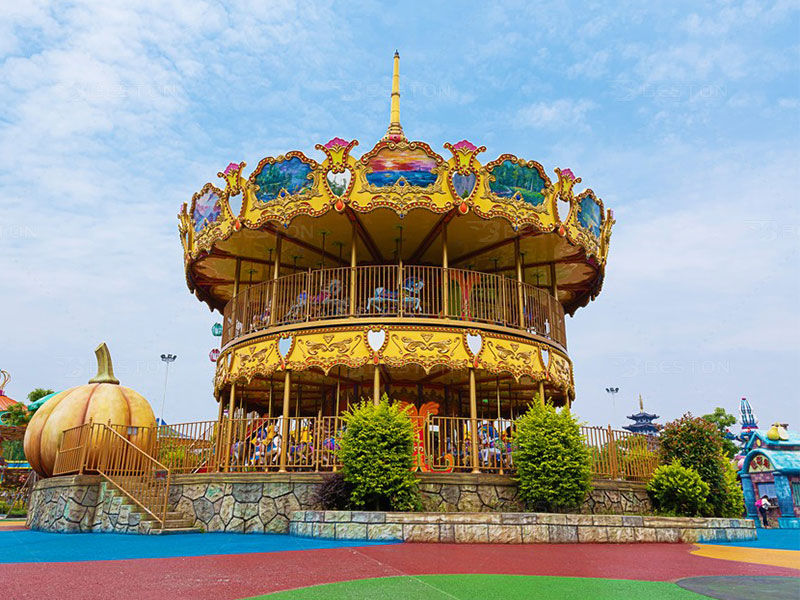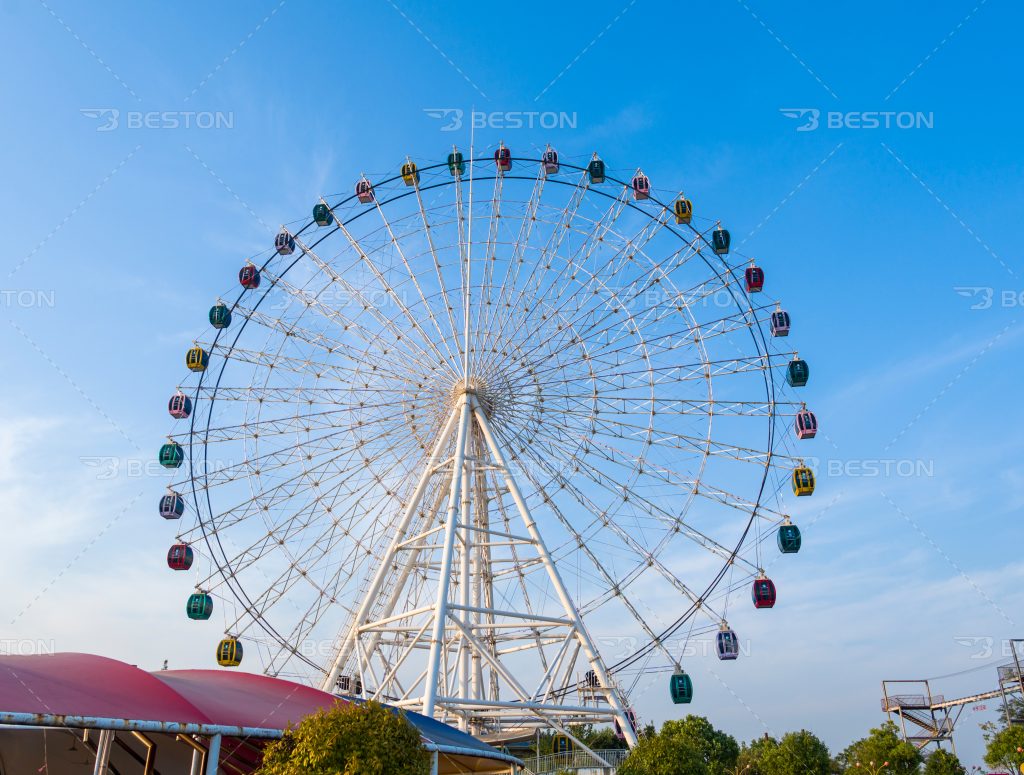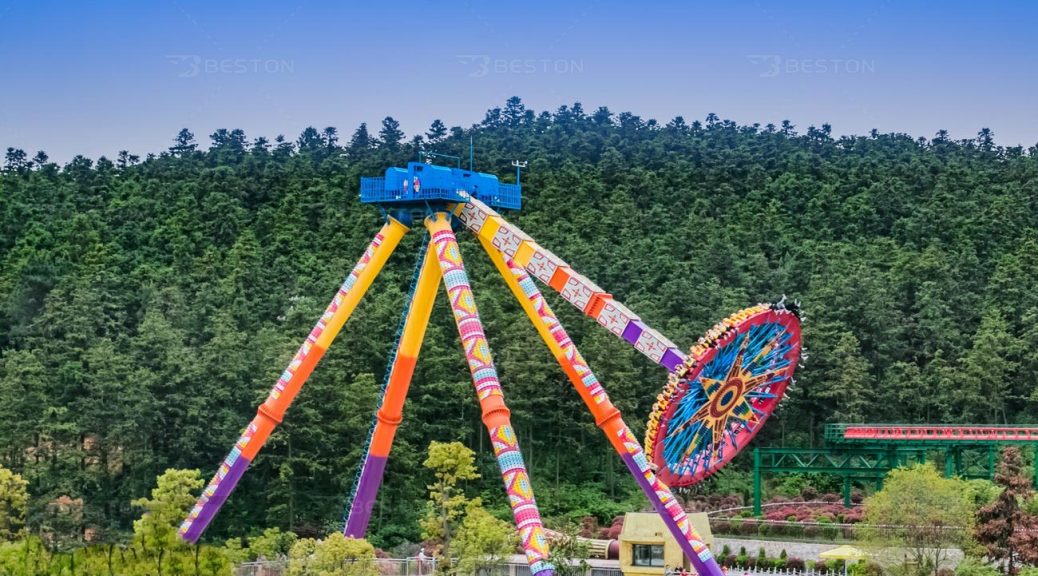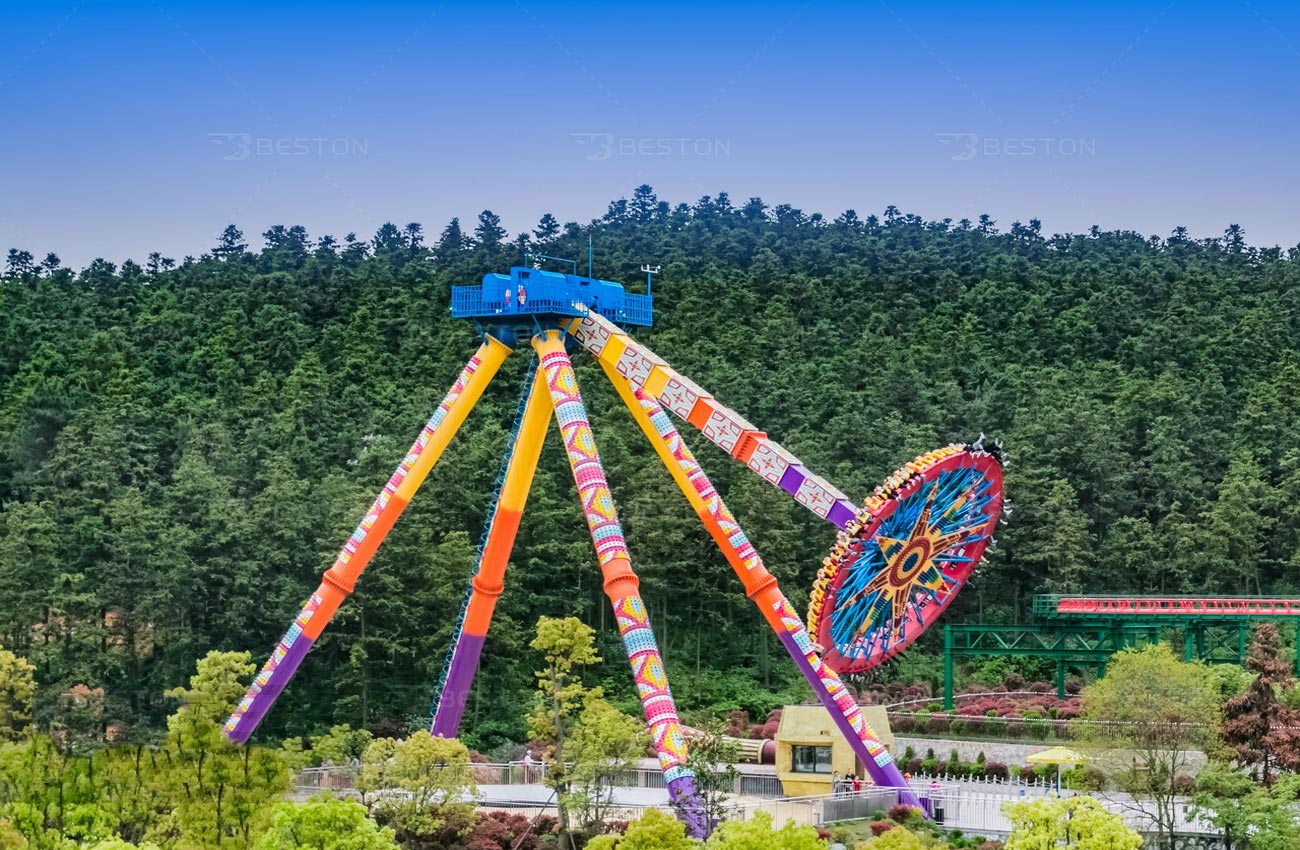Understanding the Factors That Influence the Cost of Amusement Rides
The amusement industry thrives on creating thrilling experiences and unforgettable moments. However, behind the enchanting rides lies a complex matrix of factors that determine the cost of these captivating attractions. Whether it’s the iconic carousel, a towering Ferris wheel, or indoor play equipment, understanding what influences pricing is essential for anyone looking to buy amusement park rides.
Materials and Manufacturing
The type of materials used in constructing amusement rides significantly impacts their cost. High-quality, durable materials like galvanized steel, reinforced fiberglass, and weather-resistant finishes are essential for outdoor rides to ensure safety and longevity. Conversely, indoor equipment might require lighter materials, which could reduce costs without compromising structural integrity.
Manufacturing precision also plays a pivotal role. Rides featuring intricate designs or advanced mechanisms demand specialized craftsmanship, which can drive up costs. For instance, if you’re considering how much does a carousel cost, you’ll notice that options with hand-carved designs or custom theming often carry a higher price tag compared to simpler, mass-produced models.

Ride Size and Capacity
The size of a ride and the number of passengers it can accommodate influence pricing considerably. Larger rides require more materials, labor, and engineering expertise, contributing to higher overall costs. For example, the Ferris wheel cost varies significantly based on its height and seating capacity. A compact Ferris wheel designed for smaller venues will naturally be less expensive than its giant counterparts that dominate city skylines.
Similarly, carousels designed for high traffic can cost more due to their larger diameter and the inclusion of additional seats or animals. Customizable features such as double-decker platforms further increase the investment required.

Safety and Compliance
Safety standards in the amusement industry are stringent. Meeting international safety certifications and engineering codes often necessitates additional resources and testing. Whether you’re purchasing a large outdoor ride or indoor play zone equipment, prices will reflect the costs associated with designing and testing for compliance with safety protocols. This is particularly true for complex attractions like Ferris wheels, where structural stability and passenger security are paramount.
In regions with rigorous inspection standards, manufacturers may charge more to account for extensive documentation and on-site assessments. Buyers should factor these regulatory costs into their budget when planning to buy amusement park rides.
Technology and Innovation
Modern amusement rides often incorporate cutting-edge technology to enhance the guest experience. Interactive features, LED lighting systems, and advanced sound effects can increase costs. For example, a carousel equipped with synchronized music and dynamic lighting effects will cost more than a traditional model with no technological enhancements.
Similarly, Ferris wheels with climate-controlled cabins or integrated augmented reality (AR) elements will have a higher price point. Innovation not only elevates the ride’s appeal but also distinguishes it in a competitive market, justifying the additional expense.
Customization and Theming
Custom-designed rides tailored to specific themes or branding objectives often carry premium pricing. Parks and indoor play zones aiming for a unique identity frequently invest in bespoke designs. Whether it’s a carousel adorned with hand-painted details or indoor play zone equipment prices reflecting elaborate jungle or underwater themes, personalization adds to the overall expense.
Customization also extends to ride configuration. Modular rides, which allow flexibility in layout, are becoming increasingly popular. While offering greater adaptability, they often cost more due to the additional engineering required to ensure seamless assembly and functionality.
Location and Logistics
Geographical factors also influence ride costs. Transportation fees, import taxes, and currency exchange rates can add substantial amounts to the final price. A buyer sourcing equipment internationally will need to account for shipping, insurance, and customs clearance fees.
Moreover, the logistical challenges of installing large-scale rides can affect pricing. A Ferris wheel cost includes not only the structure itself but also the expertise and equipment required for assembly. In contrast, smaller indoor play equipment may have lower installation expenses but still require careful planning to optimize space and safety.
Market Demand and Trends
The popularity of certain ride types can drive up their cost. High demand for specific attractions, such as themed carousels or indoor play equipment tailored for younger children, often results in elevated pricing. Keeping an eye on emerging trends can help buyers make informed decisions.
For instance, the growing focus on eco-friendly rides has led to innovations in energy-efficient designs. While these options are often more expensive initially, they offer long-term savings on operational costs. Similarly, rides incorporating advanced accessibility features may come with a higher upfront investment but cater to a broader audience, enhancing revenue potential.
Maintenance and Lifespan
The cost of an amusement ride extends beyond the initial purchase. Maintenance, repairs, and upgrades are ongoing expenses that buyers must consider. Durable materials and quality craftsmanship may increase the upfront cost but reduce long-term maintenance expenses.
For instance, indoor play zone equipment prices might include warranties or service packages, ensuring consistent performance over time. Outdoor rides, subjected to weather and wear, require regular inspections and parts replacement, which should be factored into the total cost of ownership.
Conclusion
The cost of amusement rides is shaped by a multitude of factors, from materials and manufacturing techniques to customization and compliance requirements. Buyers looking to invest in attractions such as carousels or Ferris wheels must balance initial expenses with long-term value. Understanding these variables not only helps manage budgets but also ensures that investments align with operational goals and guest expectations.
By carefully considering these factors, amusement park operators and venue owners can make informed decisions that maximize both financial returns and visitor satisfaction.

